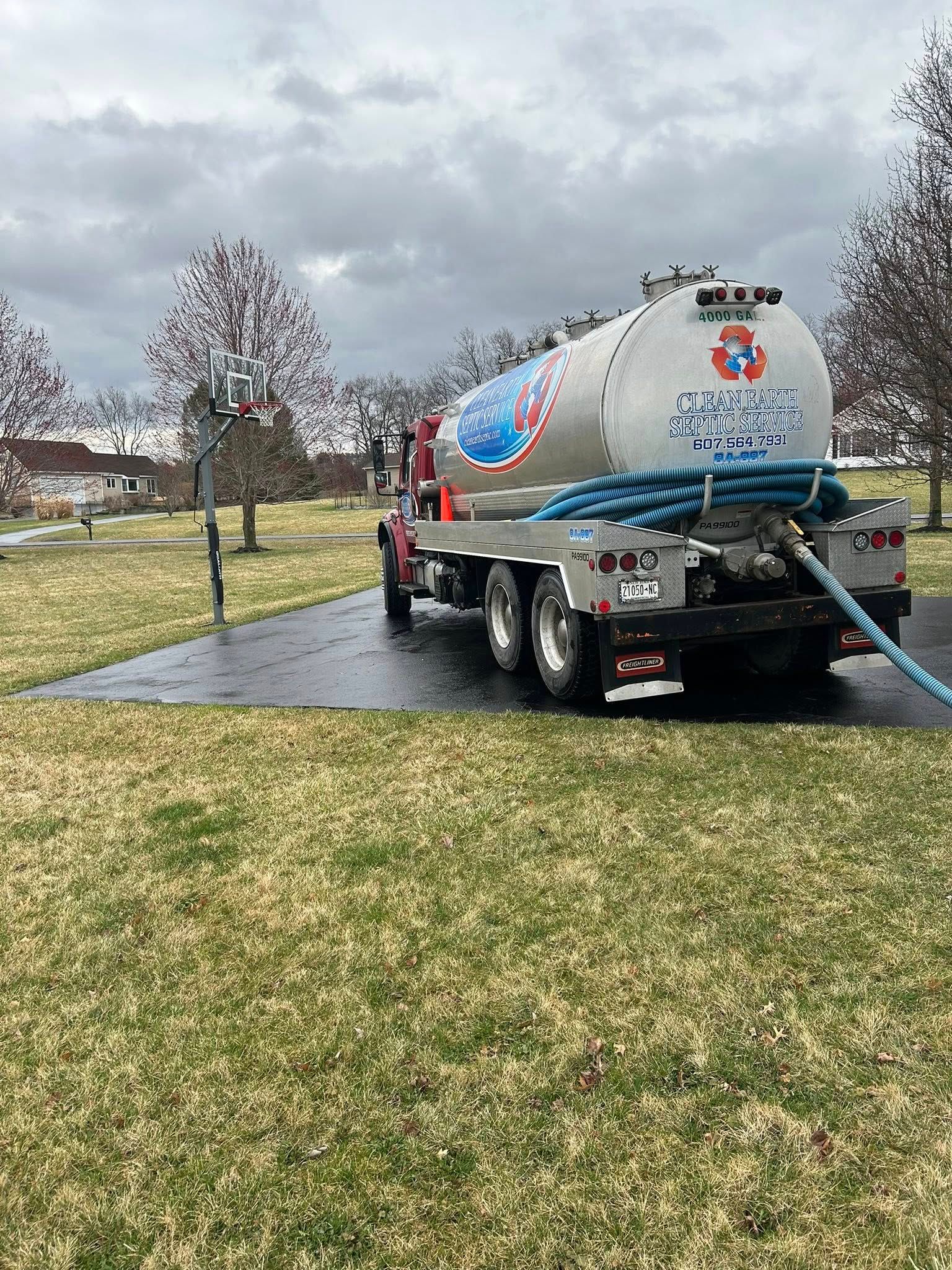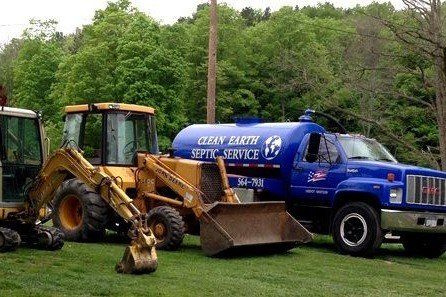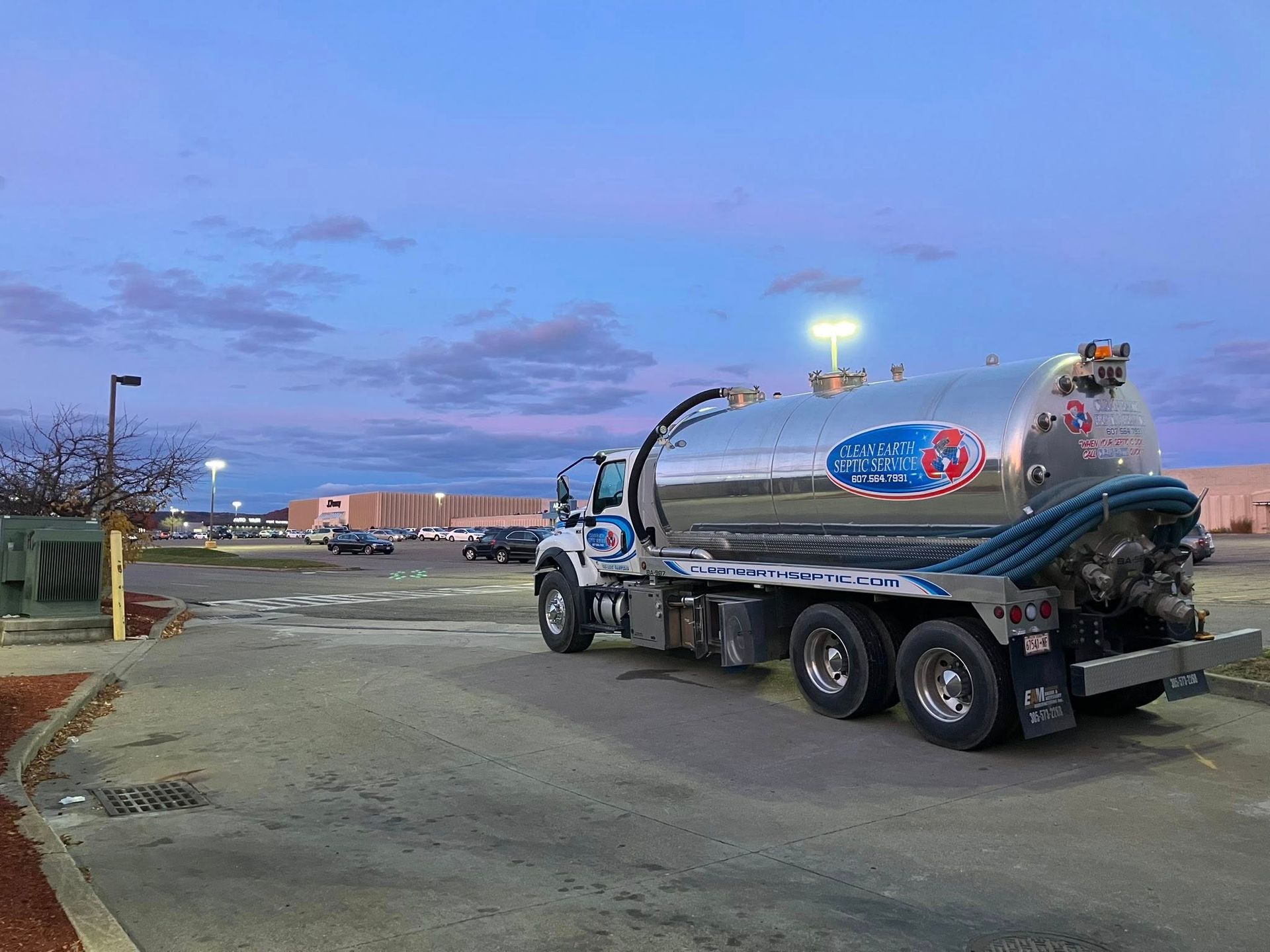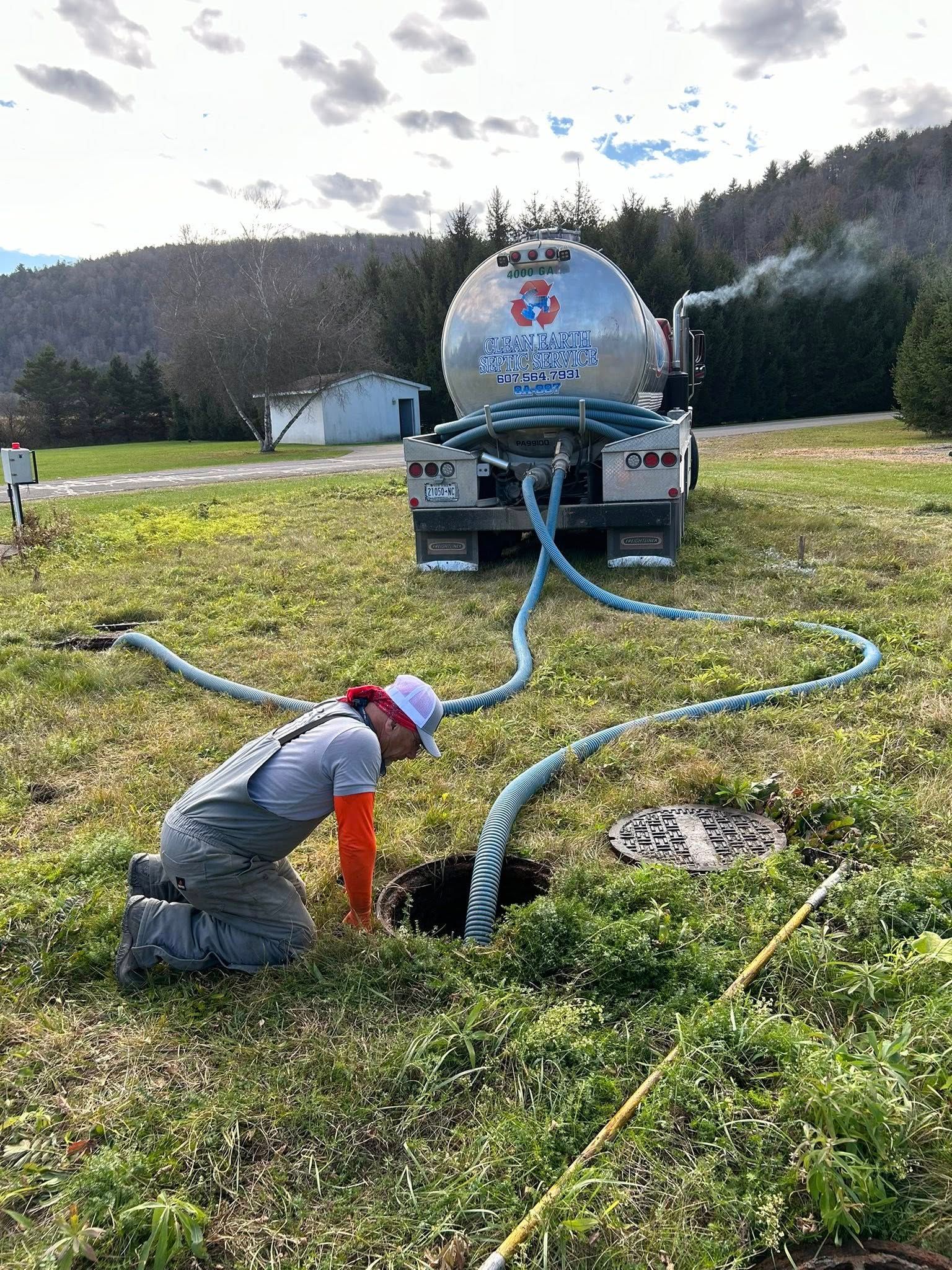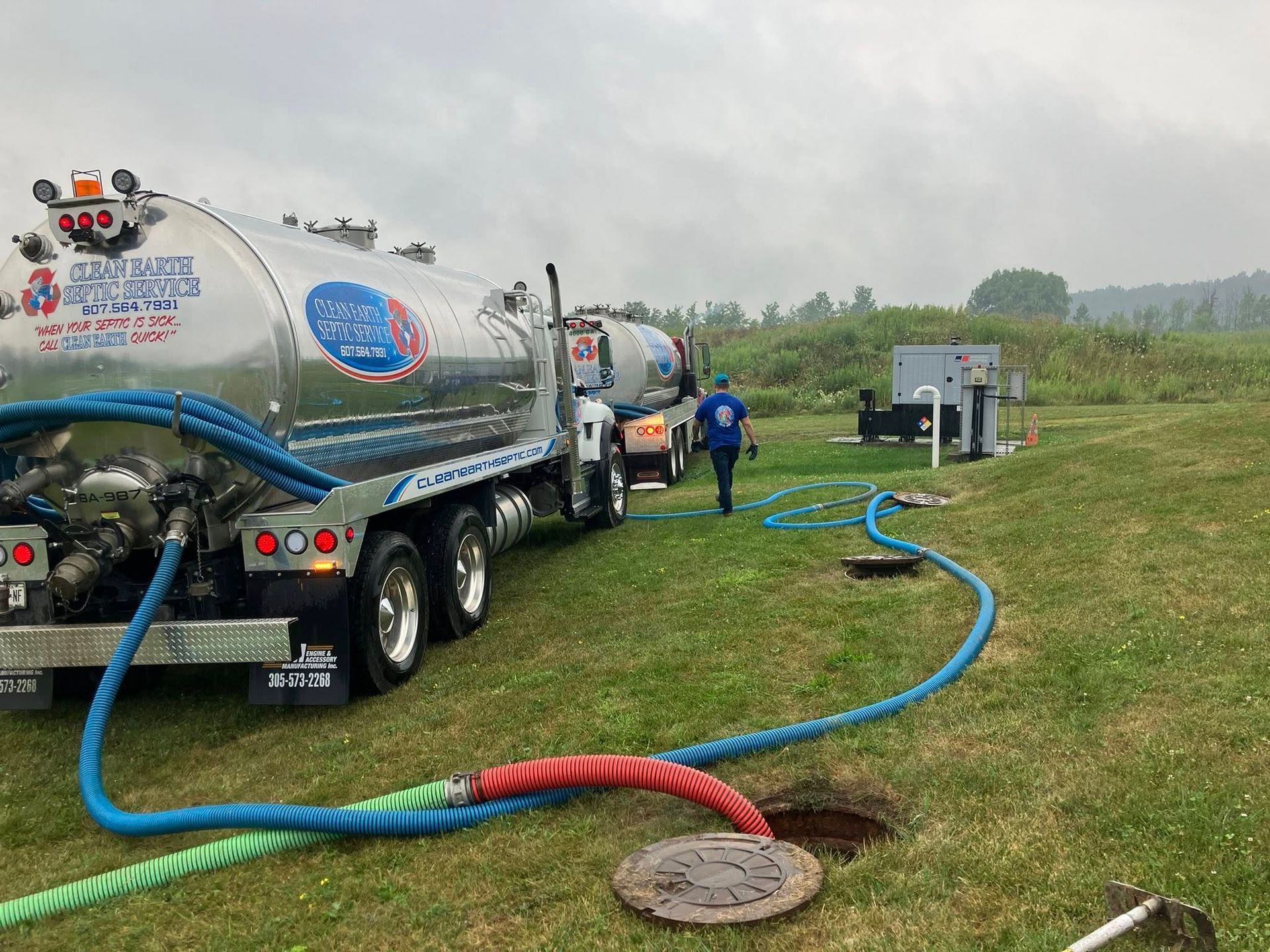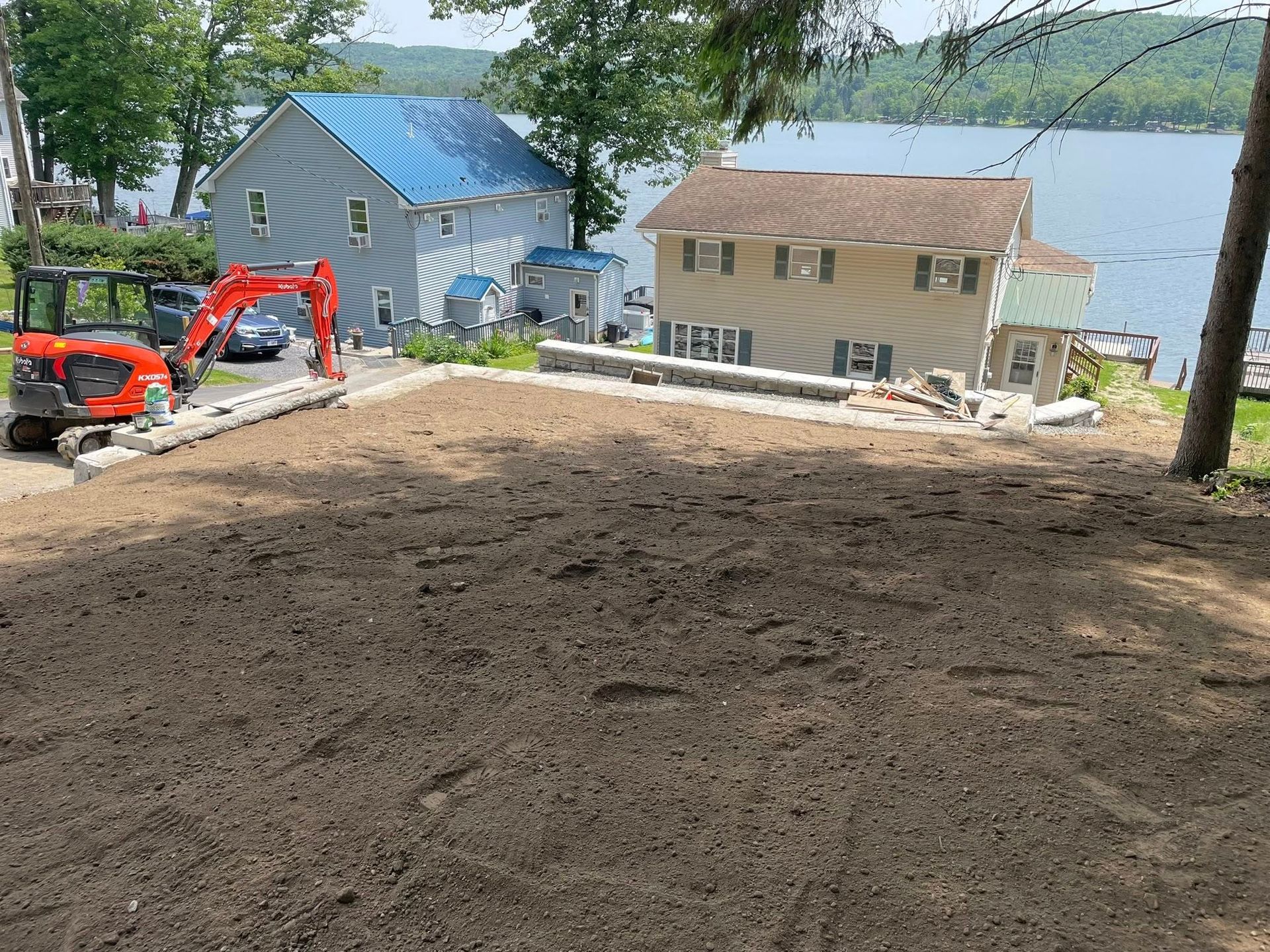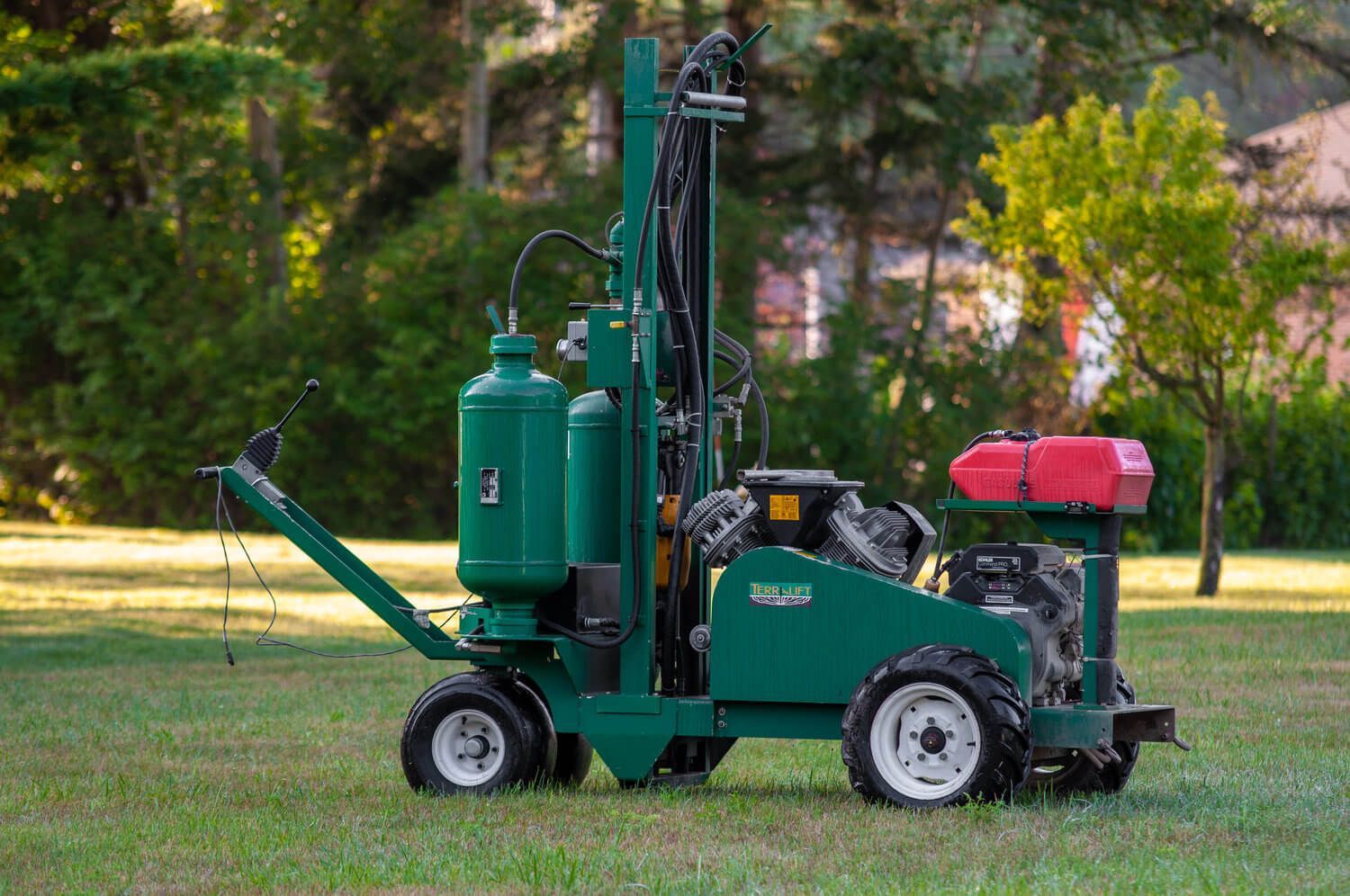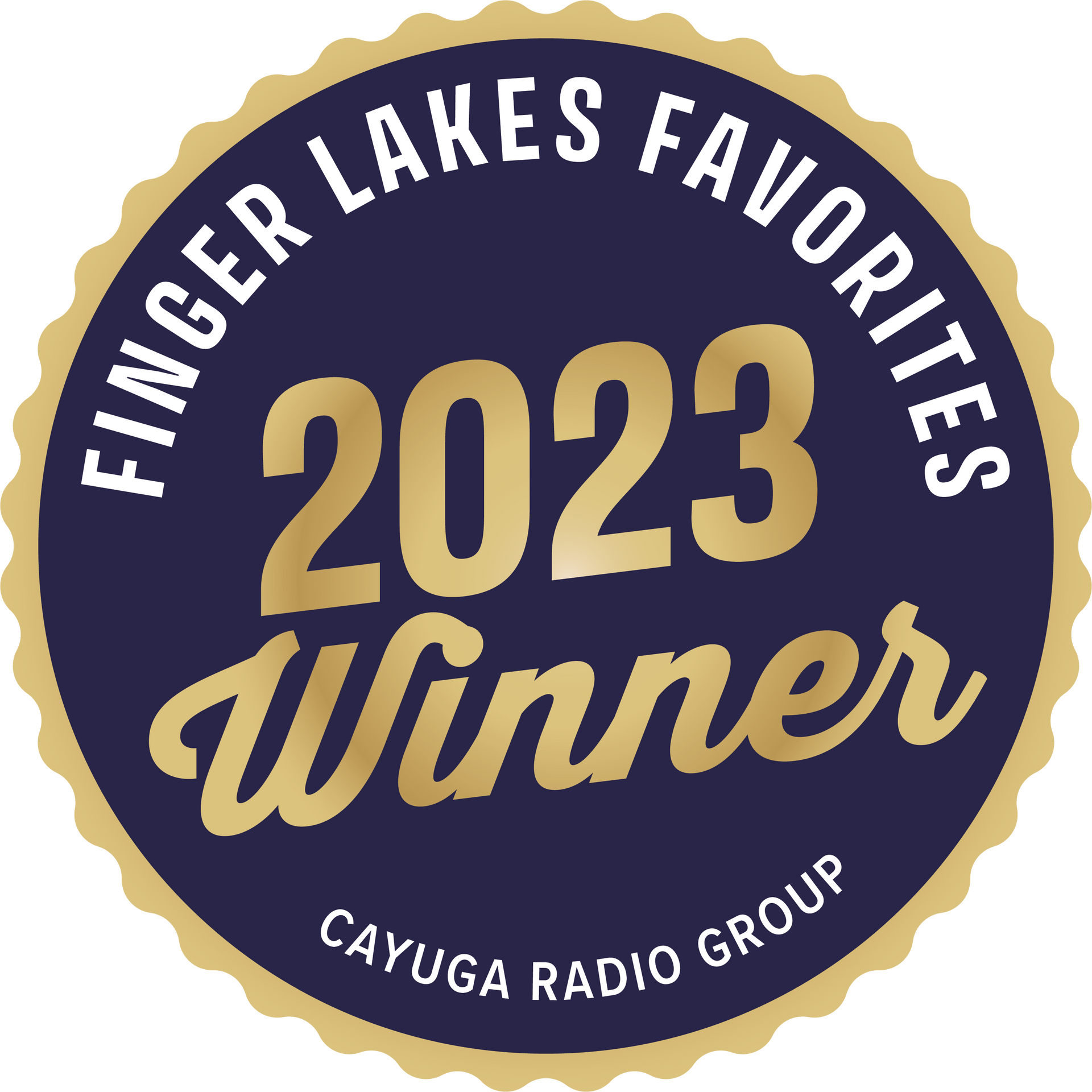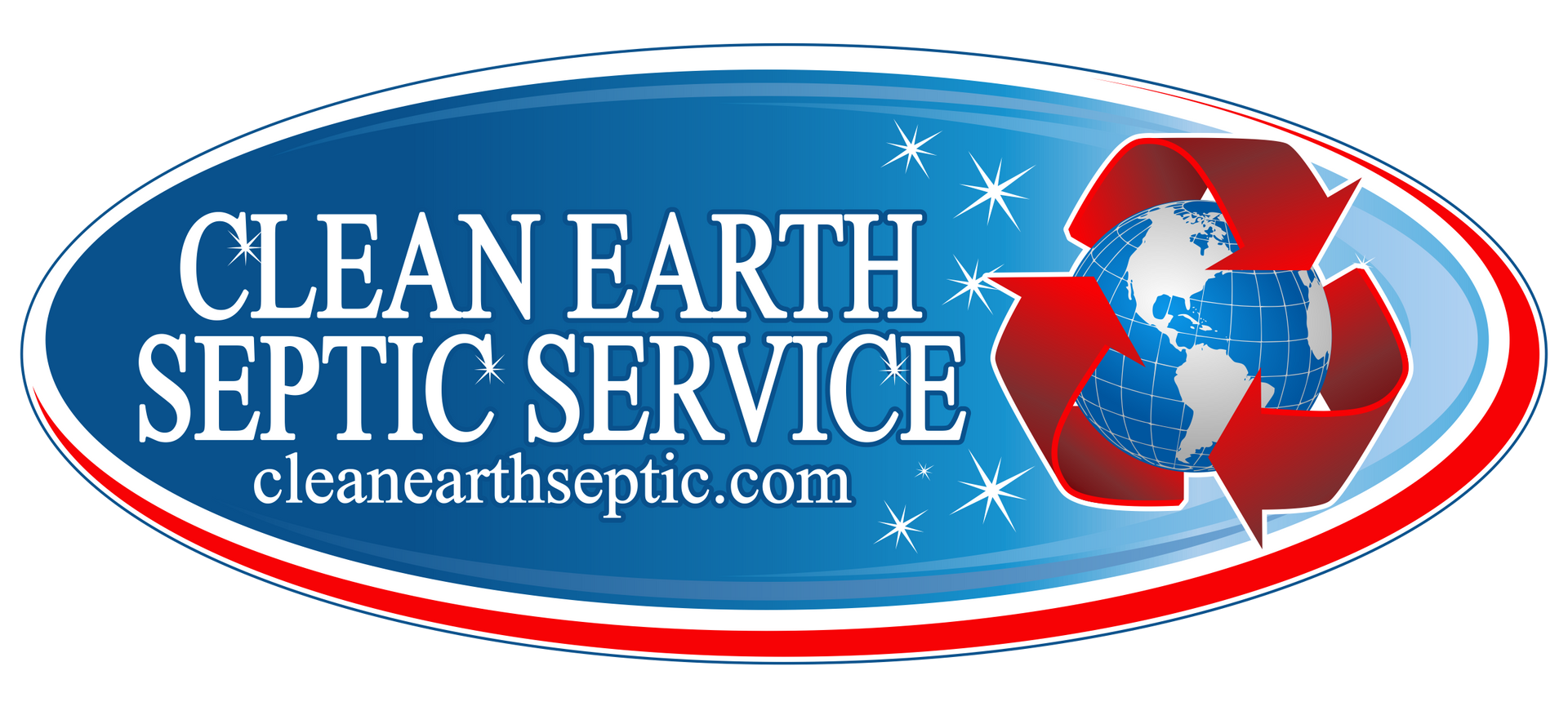A Homeowners Guide to Septic System Maintenance
Take note of these simple tips!

- NEVER enter a septic tank. The gasses within the tank are toxic and can be fatal.
- Pump your tank regularly. Clogged drainfields are the leading cause of septic system malfunctions and failures.
- Regardless of what the advertisers claim, there are NO chemical or biological additives that can substitute for a regular septic tank pumping.
- Monitor water consumption. Your system was designed to handle certain levels of water based on the number of occupants living at your residence when the system was installed. Make adjustments if the water usage increases drastically.
- Conserve water. Reducing the water flow into the system produces less agitation within the tank, keeping the solid waste at the bottom of the tank. Keeping the solids in the tank prolongs drainfield life.
- Read product labels carefully. Make sure they are safe for your septic system. Many will actually be labeled, “Septic System Friendly" but there is no such thing as a “Flushable” wipe!
- Use the strainer in your kitchen sink. This will help prevent large food particles from going down the drain and causing a backup.
- If you have a garbage disposal, use it sparingly! Garbage disposals can increase the amount of solids in your septic tank by up to 50%.
- Know the exact location of your septic tank and drainfield. This can save time when the system needs to be pumped or repaired.
- Keep your drainfield free of trees, shrubs, roots, storm water runoff and standing water. These will damage or interfere with the operation of the drainfield.
- Never drive heavy equipment or vehicles over your drainfield. This can damage the area and cause a system failure.
- Always insist that the tank be pumped through its large central manhole, not the smaller diameter baffle inspection ports. Pumping through the inspection ports will prevent thorough tank cleaning and may damage critical tank components.
- If your manhole cover is deeply buried, consider installing a riser extension can be installed to make it more accessible for pumping.
- Keep a copy of your new system sewage permit and application in a safe place for possible future reference.
- Gasoline, oil or other petroleum products
- Cooking grease and oils
- Paint, paint thinner or solvents
- Products with high levels of phosphorous (often found in laundry detergents, cleaning supplies etc.)
- Large quantities of bleach, concentrated cleaners or anti-bacterial products
- Feminine products, makeup removing wipes or baby wipes
Ready to have your septic tank serviced? Contact us today to schedule your next septic pumping! We offer competitive pricing and septic service in the Twin Tiers region.
Share this post!
You might also like these helpful articles!

How to Clean a Septic Tank – The Complete Homeowner’s Guide for Ithaca, NY & the Finger Lakes Region
